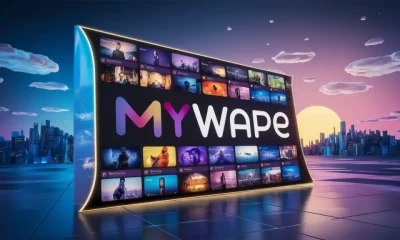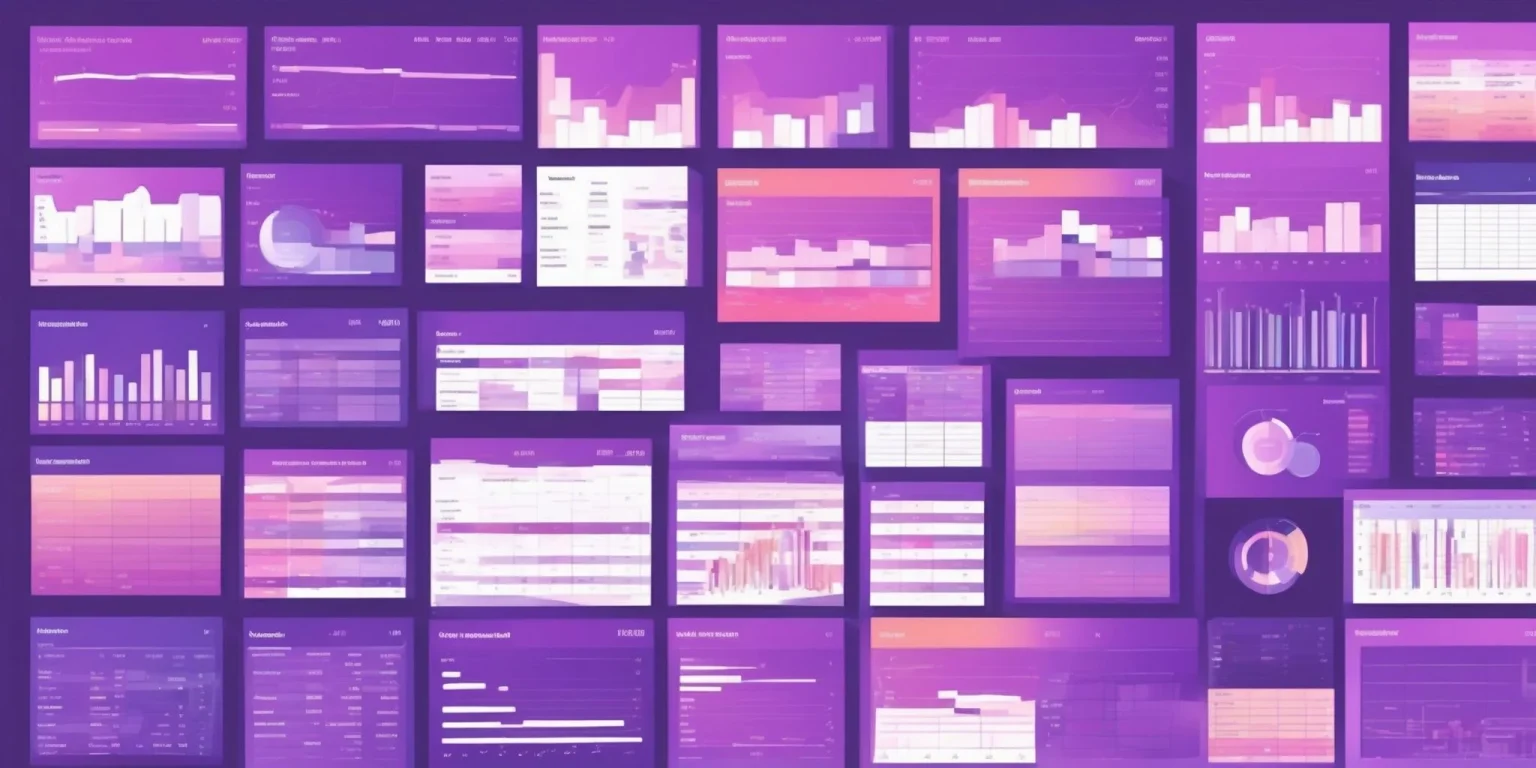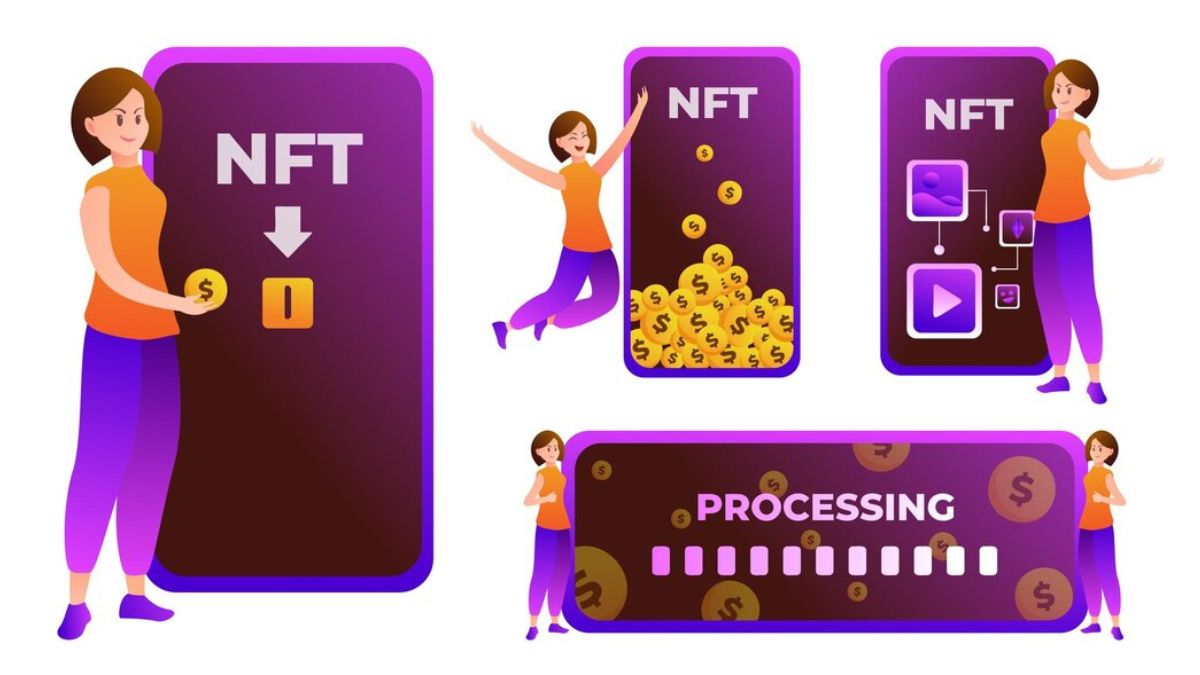In the ever-evolving world of cryptocurrency, Drdoge has recently emerged as a contender with the potential to reshape the landscape. With its playful roots in meme culture and inspiration from Dogecoin, Drdoge is capturing the attention of both seasoned investors and newcomers. This article explores the origins, unique features, and potential impact of Drdoge in the crypto market.
What is Drdoge?
Drdoge is a new cryptocurrency inspired by the success of Dogecoin, which itself started as a joke but grew into a significant player in the crypto space. It aims to capitalize on the popularity of meme coins, providing users with a fun, community-driven digital currency that operates on blockchain technology.
The Origin Story
The birth of Drdoge can be traced back to the growing interest in meme coins, especially after the massive success of Dogecoin. Created by a group of crypto enthusiasts who wanted to push the boundaries of what a meme coin could achieve, It was designed to be more than just a digital currency—it is a symbol of community and innovation in the decentralized financial world.
How Does Drdoge Work?
Like most cryptocurrencies, Drdoge operates on a blockchain, which is a decentralized ledger that records all transactions made with the currency. This ensures that Drdoge is secure, transparent, and immutable. The blockchain technology underlying it allows for fast and safe transactions, with the added benefit of a strong, community-focused approach.
Why Drdoge is Gaining Popularity
Several factors contribute to the rising popularity of Drdoge. First, its connection to Dogecoin, which has a massive and loyal following, has helped it gain traction. Second, the meme culture associated with it appeals to a younger, tech-savvy audience that is eager to engage with a currency that is both fun and potentially profitable. Lastly, Drdoge’s low entry barrier makes it an attractive option for those new to cryptocurrency investment.
Drdoge vs. Dogecoin: What’s the Difference?
While Drdoge and Dogecoin share similar origins and appeal to the same meme-driven culture, they differ in several ways. Drdoge is designed with more advanced features and a focus on community-driven initiatives. It also has a different approach to its tokenomics, which could offer more stability and long-term growth potential compared to Dogecoin.
Potential Risks and Rewards of Investing in Drdoge
As with any cryptocurrency, investing in Drdoge comes with both risks and rewards. On the one hand, its connection to the meme coin trend and its growing community suggest that it could see significant gains. On the other hand, the volatility of the cryptocurrency market means that prices can fluctuate wildly, and there is always the risk of losing your investment. It is essential to conduct thorough research and consider your risk tolerance before investing in Drdoge.
The Future
The future of Drdoge is filled with possibilities. If it continues to gain popularity, it could become one of the leading meme coins in the market. Its focus on community and innovation could also pave the way for new uses of blockchain technology in areas beyond digital currency. However, much will depend on how well the Drdoge team can execute their vision and how the broader crypto market evolves.
How to Buy and Store Drdoge
Purchasing Drdoge is similar to buying other cryptocurrencies. You need to set up a digital wallet, find an exchange that lists Drdoge, and then make your purchase. Once you have acquired it, storing it in a secure wallet is crucial to protecting your investment. Options include hardware wallets, which are offline and thus less vulnerable to hacking, or software wallets, which offer more convenience but require strong security measures.
Community Involvement in Drdoge
One of the defining features of Drdoge is its strong community involvement. The developers have actively encouraged the community to participate in the growth and development of the currency. This has led to a vibrant and engaged user base that is committed to the success of Drdoge. Community members often collaborate on projects, share tips on social media, and organize events to promote them.
Drdoge’s Role in the Broader Crypto Ecosystem
As Drdoge continues to grow, it could play a significant role in the broader cryptocurrency ecosystem. By offering a fun, community-driven alternative to more serious cryptocurrencies, Drdoge could attract a new demographic to the world of digital assets. This influx of new users could drive broader adoption of cryptocurrency, pushing the entire industry forward.
The Technical Backbone of Drdoge
Under the hood, Drdoge relies on a robust technical infrastructure that ensures its reliability and security. The blockchain technology behind Drdoge allows for transparent and immutable record-keeping, while the use of smart contracts can facilitate complex transactions without the need for intermediaries. This technical foundation not only supports the currency’s operations but also opens the door to future innovations.
How Drdoge Could Change the Way We View Cryptocurrency
Cryptocurrencies have traditionally been seen as either serious investments or speculative assets. Drdoge, with its light-hearted approach and community focus, challenges this notion by demonstrating that digital currencies can be both fun and valuable. As more people get involved with Drdoge, it could change the way we view and interact with cryptocurrencies, making them more accessible to a broader audience.
The Economic Impact of Drdoge
While Drdoge is still in its early stages, its potential economic impact should not be underestimated. If the currency gains widespread adoption, it could influence the value of other cryptocurrencies, especially those in the meme coin category. Additionally, Drdoge could stimulate new economic activity by encouraging the creation of new businesses and services that cater to its community.
Challenges Facing Drdoge
Despite its potential, Drdoge faces several challenges. The volatility of the crypto market is a significant concern, as sudden price drops could undermine confidence in the currency. Additionally, regulatory pressures could impact Drdoge’s growth, especially if governments take a stricter stance on cryptocurrencies. Their team will need to navigate these challenges carefully to ensure the currency’s long-term success.
Drdoge in Popular Culture
Like Dogecoin before it, Drdoge has quickly become a cultural phenomenon. Memes, videos, and social media posts featuring it have spread across the internet, further boosting its popularity. This cultural presence not only helps to raise awareness of Drdoge but also reinforces its identity as a community-driven project.
The Vision Behind Drdoge
The creators of Drdoge have a clear vision: to create a fun, engaging, and community-driven cryptocurrency that can make a real impact in the digital world. This vision is reflected in every aspect of it, from its design to its marketing strategy. By staying true to this vision, the Drdoge team hopes to build a lasting and influential presence in the crypto market.
How to Get Involved
If you are interested in Drdoge, there are several ways to get involved. You can start by joining the Drdoge community on social media, where you can connect with other enthusiasts and stay updated on the latest developments. You can also participate in community events or contribute to the project’s development by offering your skills or resources.
Drdoge’s Influence on the Future of Meme Coins
The success of Drdoge could have a lasting impact on the meme coin genre. By demonstrating that meme coins can be more than just a joke, Drdoge could inspire the creation of new meme coins with unique features and strong communities. This, in turn, could lead to greater diversity and innovation in the cryptocurrency market.
The Role of Social Media in Drdoge’s Success
Social media has played a crucial role in the rise of Drdoge. Platforms like Twitter, Reddit, and TikTok have been instrumental in spreading the word about it and building a passionate community around it. The viral nature of meme culture on these platforms has helped Drdoge reach a broad audience quickly, driving its growth and popularity.
Drdoge and the Evolution of Digital Communities
Digital communities have become increasingly important in the cryptocurrency world, and Drdoge is a prime example of this trend. The Drdoge community is not just a group of investors; it is a vibrant, active, and engaged community that plays a crucial role in the currency’s success. This evolution of digital communities could have far-reaching implications for the future of online interactions and collaboration.
Is it a Good Investment?
Whether or not Drdoge is a good investment depends on various factors, including your financial goals, risk tolerance, and understanding of the cryptocurrency market. While Drdoge has the potential for significant gains, it is also subject to the same risks that affect all cryptocurrencies. As always, it is essential to do your research and consider consulting with a financial advisor before making any investment decisions.
The Impact of Drdoge on Blockchain Technology
Drdoge’s success could have broader implications for the development of blockchain technology. As more people engage with Drdoge, there could be increased interest in exploring new uses for blockchain beyond cryptocurrencies. This could lead to innovations in areas such as decentralized finance, supply chain management, and data security.
The Global Reach of Drdoge
One of the most exciting aspects of Drdoge is its potential for global reach. As a digital currency, it is not bound by geographic limitations, making it accessible to people around the world. This global reach could help Drdoge build a diverse and inclusive community, further driving its growth and adoption.
In conclusion, Drdoge represents a fascinating development in the world of cryptocurrency. With its roots in meme culture and its focus on community, it has the potential to make a significant impact on the crypto market. While there are risks involved, the rewards could be substantial for those who choose to invest in Drdoge. As the currency continues to evolve, it will be exciting to see how it shapes the future of digital assets and blockchain technology.

 Health2 months ago
Health2 months ago
 Life style2 months ago
Life style2 months ago
 Health2 months ago
Health2 months ago
 Health2 months ago
Health2 months ago
 Apps2 months ago
Apps2 months ago
 Life style2 months ago
Life style2 months ago
 News2 months ago
News2 months ago
 Life style2 months ago
Life style2 months ago



